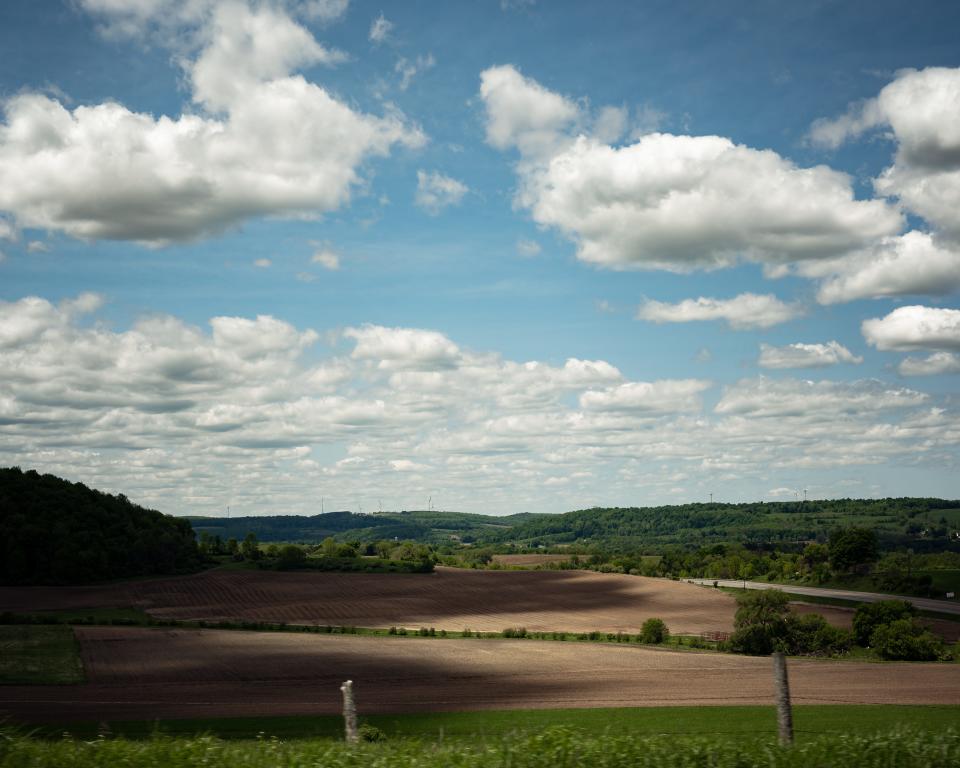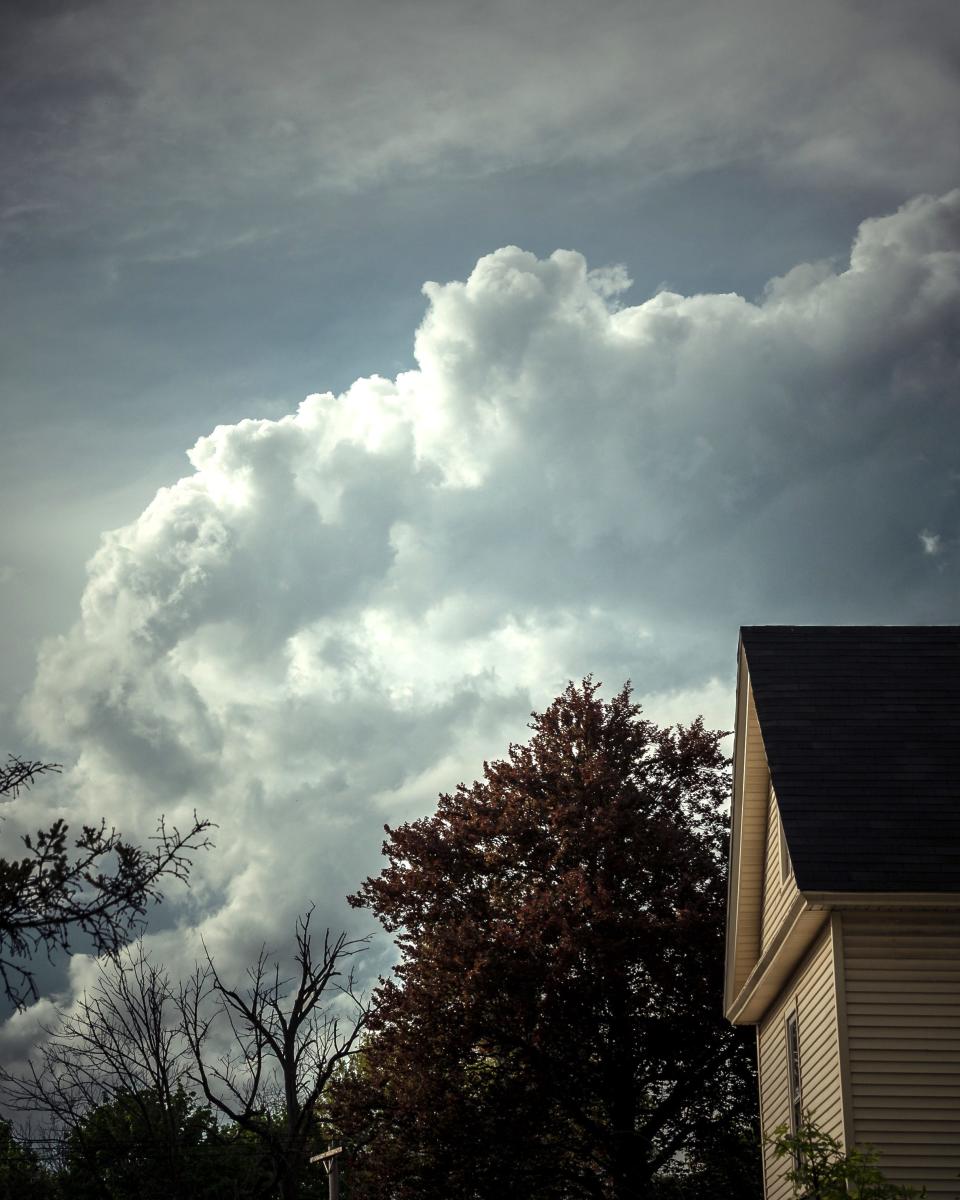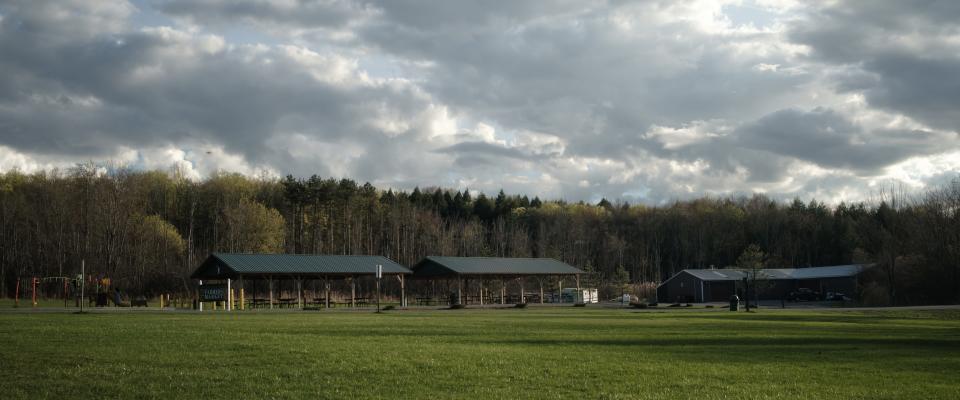Why is the Mohawk Valley sky so gray? Here's the science behind it.
It is not your imagination. The skies in the Mohawk Valley and greater Central New York are indeed gray — a lot — due to cloud cover, and it hampers solar production in the region.
Central New York is among the cloudiest regions of the country that receive among the least amount of sunlight, said Mark Pellerito, who works as a warning coordination meteorologist with the National Weather Service out of Binghamton.
Pellerito said two factors account for this: latitude and weather.

This also explains why Central New York gets less solar energy compared to other parts of the country, Pellerito said.
“During the cooler months of the year, you have both a lot of clouds, and a lower/less direct sun angle for which to try and get solar energy through those clouds down to the ground level,” Pellerito said.
“So, we go through a several month period in Central New York with a low amount of solar energy. During the summer there is significantly less cloud cover, and thus we get a good amount of sun. However, even then our northern latitude means less solar energy compared to most other parts of the country.”
More: These NY nursing home residents re-created 7 Taylor Swift albums: See the photos
More: Hoping to visit the Utica Zoo with the family Monday? You'll have to change your plans
More: April showers bring May flowers; dry Mays bring brush fires, including in Forestport
How latitude plays a role in Utica's gray skies
Pellerito said Utica is at 43.1 degrees north, while most of the country is in the mid 20s to upper 30s.
Latitudes in the 40s begin around Philadelphia, PA, Pellerito added.
“So, not even including cloudiness, the majority of the country gets a greater amount of solar energy from a higher sun angle,” Pellerito said.
The farther north a location is, the less energy that can be received by the sun, Pellerito added.

How moisture contributes to gray weather
Central New York has a lot of cloud cover, somewhat given to the fact that the region is generally downwind of the entirety of the Great Lakes.
Pellerito said moisture from the Great Lakes significantly adds to regional cloud cover, especially during the winter months.
This is true, even if the clouds are not making lake effect snow, Pellerito added.
The region is affected by moisture, even without the Great Lakes.

When not getting moisture from the Great Lakes, storm systems can bring in moisture up from the Gulf of Mexico or even wrap it back in from the East Coast Atlantic, Pellerito said.
“The Northeast in general has plenty of sources of moisture to generate cloud cover,” Pellerito said.
“So, that in a nutshell, is why we get less solar energy compared to many other parts of the country."
How Utica ranks among other not-so-sunny spots across the U.S.
In August 2019, USA Today rounded up 30 cities in the country that receive the least amount of sunshine. Central New York cities including Rome and Utica made up eight of the 30, along with the Albany-Schenectady-Troy area, Glenn Falls, Syracuse, Watertown-Fort Drum, Elmira, Binghamton and Ithaca.
Many others were in Pennsylvania, and the Seattle region.
Utica-Rome ranks seventh, with an average of three hours and 47 minutes of full sun per day. The average daily temperature is listed as 51.4 degrees, with an average annual precipitation of 49.3 inches.
This article originally appeared on Observer-Dispatch: Why Utica, Rome residents see less sun than other parts of the country

